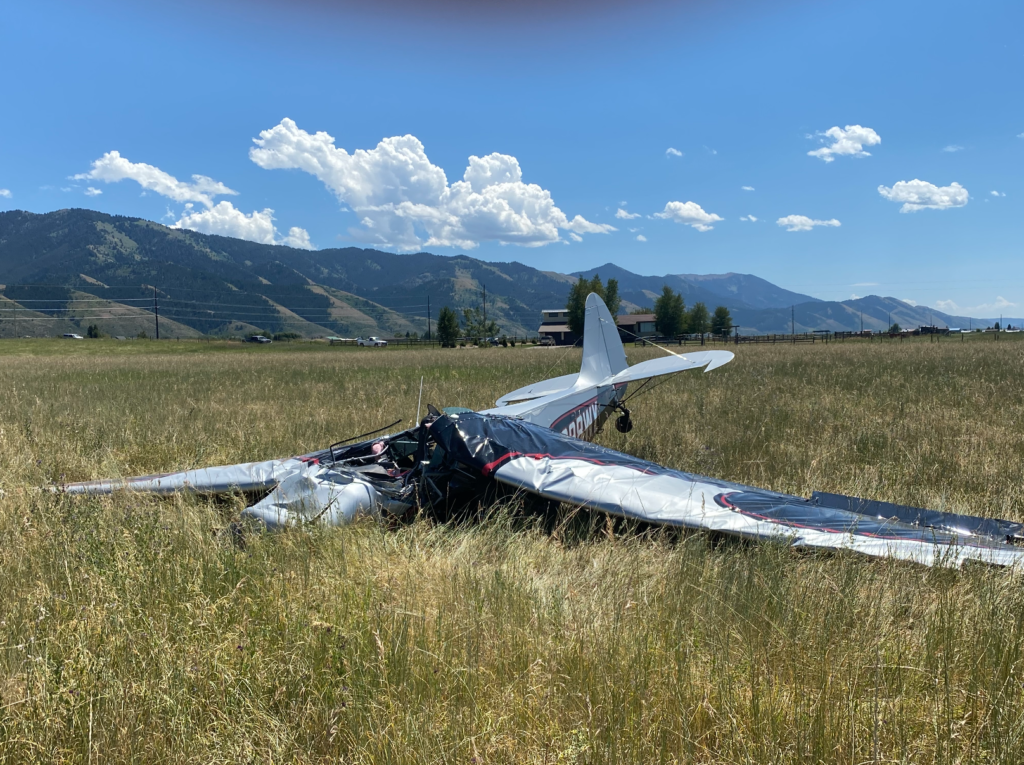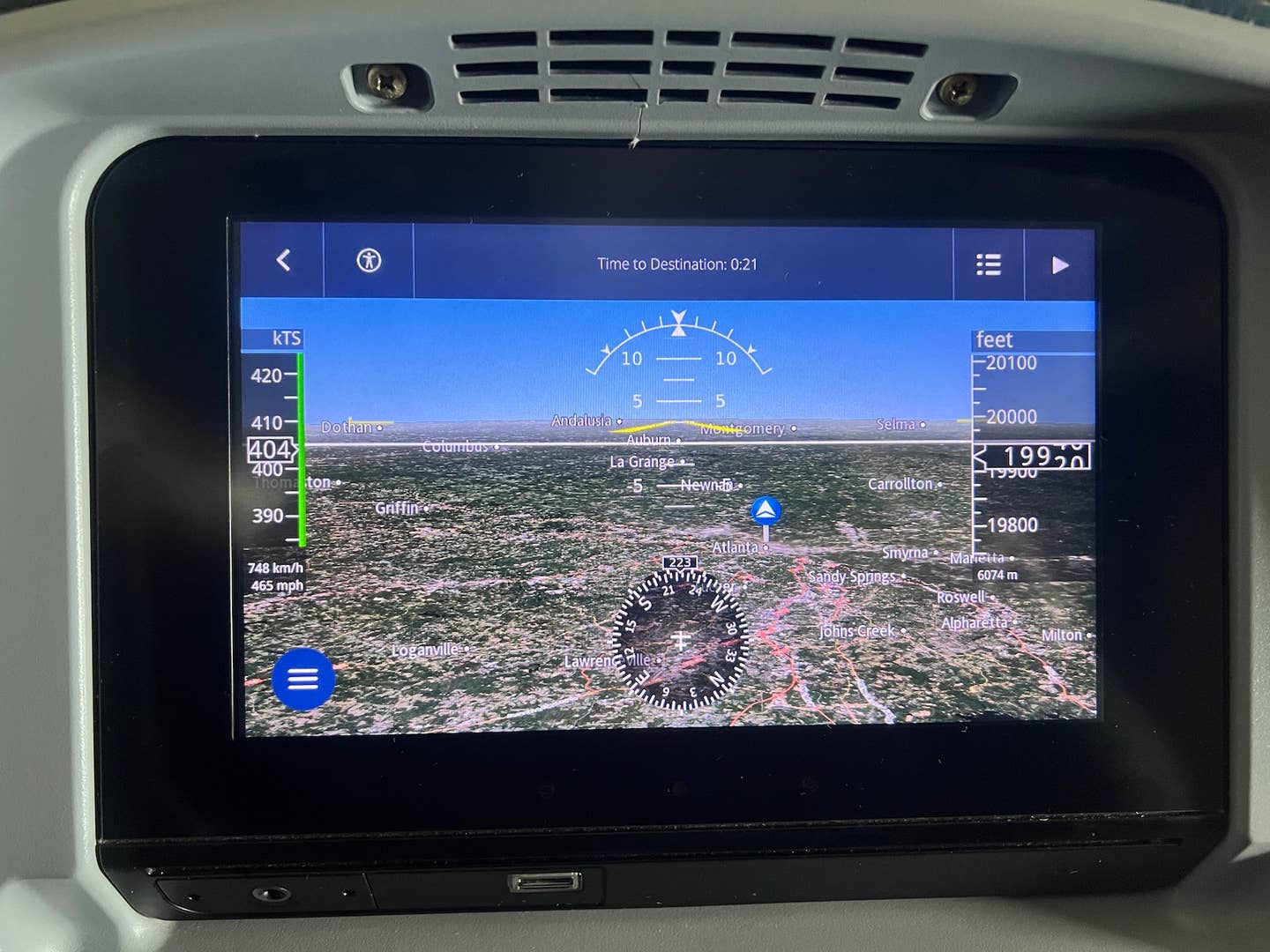Yeah, Fear Of Crashes Keeps More People Out Of Aviation Than We Admit
As pilots, crashes on the evening news don’t faze us much. But they color the perception of people who might otherwise be interested in flying.

Image: SVI
When I interviewed Randy Schlitter of RANS aircraft last month, I knew going in that his factory is sort of a poster child for serial production automation. As he explained in the interview, computer numerical control equipment is getting more affordable with each new generation and now additive manufacturing—3D printing—is also making inroads.
But I had to call him back with another question. What I forgot to ask is this: As this machinery multiplies and with the addition of the changes we’ve reported on from the MOSAIC revisions, are we on the cusp of that thing we’ve all been waiting for, a plunge in prices that might ignite more sales volume?
Not really. What’s more likely is aircraft of modestly more sophistication and capabilities, but whose prices will increase more slowly than what we’ve become accustomed to. So no burst in volume?
“I don’t think so,” Randy told me. “What kills the price of airplanes is the standards. QC and conformity are the real cost drivers,” he adds. Every shop has a quality assurance manual, procedures and inspections evolved into a system that produces remarkably high quality. Yes, there are oversights, such as the problem Van’s ran into recently with cracked laser-cut parts. But on the whole, airplane quality out the door is probably higher than it has ever been. Randy thinks AI will inevitably creep into quality control and conformity, but it will be evolutionary, not revolutionary. “As soon as we develop AI, we can ultimately have more safe aircraft than we do now,” he adds.
“My hope, and it might be past my lifespan, is that we might see 3D products that will blow your mind. Additive manufacturing is going to take over. It’ll increase manufacturing speed, with everything printed, even the wires,” he says.
And Randy told me something I’ve heard before but remain obstinately insensitive to: perceived safety and the fear of accidents. As a pilot and flight instructor, I imagine I have dialed in an understanding of accident risk and to the extent I think about it all, it’s only in the context of reporting on accidents. I imagine non-aviation people are sophisticated enough to shrug off fatal accidents at airshows, like two at AirVenture last month on the same day. But they aren’t necessarily, as a family friend of ours wrote in this guest blog a few years ago. At AirVenture, we put our stuff right out there for the Biggest Airshow on Earth and accept that cramming that many airplanes into a small space will inevitably result in accidents. We accept the risk for the reward, ignoring that the general public whom we might wish to interest in this flying thing might not.
Randy thinks safety—or the worry about lack of it—depresses the attraction of aviation and causes potential new entrants to push pause. He ought to know. He’s selling more than 100 airplanes a year and he hears it every day. Market expansion won’t come with lower-cost airplanes built by robots. “It’s much more the perception of safety and risk than it is cost of the airplanes,” he says.
If this is true, the industry is entering a crossroads, or perhaps has been in it for years. Flying light aircraft probably can’t be made perceivably much safer than it is now in the short term. I question whether we can drive the actual accident rate much lower than it is now, even though the trend is flat to declining slightly. Yes, ballistic parachutes as used in the Cirrus help some and systems like Garmin’s incredible Autoland also move the ball forward, but by inches instead of yards. Training breakthroughs? Not much.
Aircraft sticker prices half what they are now—a delusional dream, at best—probably wouldn’t change this. As long as we keep putting light aircraft crashes on the evening news—which seems to happen once a month—the aviation illiterate masses will have, as Randy Schlitter has observed, an understandable fear of flying in little airplanes.
Does that mean the kind of light rag and tube airplanes that RANS builds will be doomed by autonomous aircraft that fly at the push of a button? Maybe, maybe not. “They still make sailboats,” Randy says a friend of his likes to observe. “If they crack the nut on reliable vertical thrust, you’ll see taildraggers change to more of an intellectual sport, like sailing,” he says.
Vertical thrust is clearly evolving toward certified aircraft, although it’s a crap shoot if they’ll find a viable market. But that technology is unlikely to just fizzle and go away. It’s also sure to have a period of teething pains and inevitable crashes that the old guard will point to as evidence that the way we’re doing it now is the way we should do it forever.
If this sounds like the aviation version of get off my lawn, it’s probably because the shoe fits.






